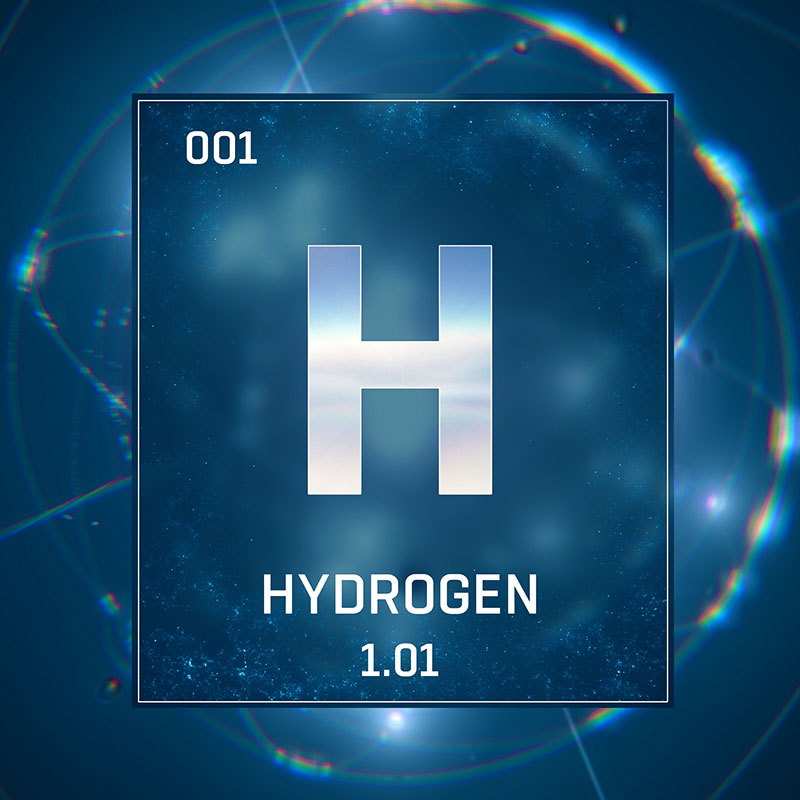What is Hydrogen?

Large Market Opportunity
Applications
Advantages
Market Maturity
Applications
Advantages
Market Maturity
Industrial
- Petro-chemicals
- Fertilizers
- Resource refining & smelting
- Heating
- Feedstock for low emissions chemicals
- Long historical use of hydrogen in industry
Transportation
- Material handling equipment
- Buses & trains
- Heavy vehicles
- Marine vessels
- Vehicle range
- Weight & payload capacity
- Quick refueling
- Buses & forklifts at commercial readiness
- Trucks & marine vessels in pilot stages
Stationary Energy
- Large scale energy storage
- Power to gas
- Grid stabilization
- Back-up energy supply
- Efficient long term & seasonal storage
- Low maintenance
- Reliable
- Low emissions
- Small to medium scale storage in active use
- Massive scale hydrogen storage in development
Export
- LH2
- Ammonia
- LOHC
- Bulk renewable & sustainable energy distribution
- In early research & development stages
How is Hydrogen generated
Green hydrogen
Is the fuel of the future and with Next Hydrogen water electrolyzers that fuel can be produced faster, cleaner and cheaper than traditional methods. It almost eliminates emissions by using renewable energy – while capturing the entire output range, even when intermittent – to power the electrolysis of water.
Water electrolysis is a process where low voltage current is run through water to break the molecule into hydrogen and oxygen. When renewable electricity is used to generate hydrogen, it is called green hydrogen.
Blue hydrogen
Is produced from fossil fuels (natural gas) with carbon capture and storage. While much cleaner than grey and brown hydrogen, it is far from emission-free.
Grey hydrogen
The majority of the gas currently used as an industrial chemical is either brown hydrogen if it’s produced through the gasification of coal or lignite, or grey hydrogen if it is made through steam methane reformation which uses natural gas as the feedstock. Neither of these processes are carbon-friendly.

